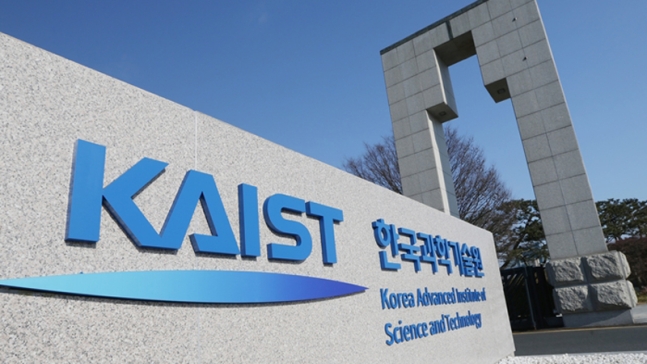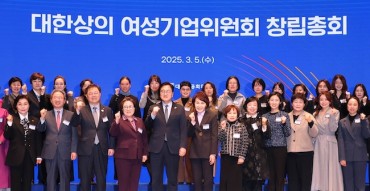
KAIST and POSTECH, the two leading universities in the field of science and technology, are pushing for the establishment of graduate medical schools. (Image courtesy of KAIST)
SEOUL, Oct. 19 (Korea Bizwire) – As the South Korean government is contemplating a significant expansion of medical university enrollment quotas, there is increasing interest in whether the establishment of graduate medical schools—pursued by the Korea Advanced Institute of Science and Technology (KAIST) and the Pohang University of Science and Technology (POSTECH) to nurture physician-scientists—will become a reality.
According to sources from the medical and educational communities on Wednesday, the government is moving towards expanding the long-standing frozen enrollment quotas of medical universities, raising the possibility of establishing graduate medical schools.
Physician-scientists are professionals with both a medical license and a scientific background. Instead of focusing on diagnoses, they delve into various clinical issues, utilizing research outcomes to contribute to patient treatment and the development of medical products and equipment.
These individuals play a crucial role in the latest research and technological advancements in areas such as stem cell therapies, artificial organs, gene testing, and immuno-oncology. As such, they are considered vital personnel in enhancing national competitiveness.
In fact, the experts leading the development of COVID-19 vaccines at Pfizer and Moderna were physician-scientists.
Over the past 25 years, physician-scientists have accounted for about 37 percent of Nobel Prize winners in Physiology or Medicine, and approximately 70 percent of chief science officers at major pharmaceutical companies worldwide.
At American medical schools, around 3.7 percent of graduates—estimated at about 45,000 per year—choose the career path of a physician-scientist. This equates to approximately 1,700 physician-scientists being cultivated on an annual basis.
In contrast, the percentage of graduates from Korean medical universities pursuing a career as a physician-scientist is estimated to be less than 1 percent. Given the enrollment quota of local medical universities set at 3,058, the number of physician-scientists fostered per year is exceedingly low, at about 30.
This situation inevitably leads to a gap in the biotechnology and medical research industries and state-of-the-art medical technology between advanced countries such as the U.S. and those in Europe and South Korea.
KAIST and POSTECH, the two leading universities in the field of science and technology, are pushing for the establishment of graduate medical schools.
The government is also in alignment with the view that the education of physician-scientists is imperative. The Yoon Suk-yeol administration included the vision of propelling the country into a global hub in the fields of biotechnology and digital health as one of its 120 major tasks and has resolved to promote the development of interdisciplinary talents, including physician-scientists.
Kevin Lee (kevinlee@koreabizwire.com)







